Make a conscious decision to buy only non-toxic cleaning products to reduce pollution and damage to area wildlife. Read the labels!
Remove foreign or invasive plant species. They may look pretty, but if they aren't native to your area, there may be nothing that can keep them in check. Examples are butterfly bush (native to Asia, and very invasive), purple loosestrife, bamboo and many ornamental grasses and shrubs. Imported plants can crowd out local ones, and often native birds, animals and insects cannot use them for food.
Plant native flowers, trees and shrubs instead of exotic imports. They are more suited to the local climate and in many cases need less water and fertilizer as well, since they are already adapted for the area. Remember, "native" means that it would naturally occur in the area where you live. For example, a Colorado blue spruce is beautiful, but it is not native to Ontario, so a white pine or a black, white or red spruce would be a better choice for Ontario. A portion of a yard, or even an entire lawn, can be replanted with native wildflowers and grasses. Lists of plants, shrubs and trees native to your area are readily available on-line. You may be quite surprised by all the choices!
If you encourage others in the community to use native plants in their landscaping, you can actually create a small island that will serve as a habitat or migratory stopover for birds and butterflies, many of which are now threatened or endangered. Habitats are becoming increasingly fragmented as cities, suburbs and golf courses replace natural woodlands and meadows, and this is one small way to help compensate.
Organize or take part in a neighbourhood clean-up on Earth Day to collect trash and beautify the area. Help environmental groups restore native savannas, prairies, streams, wetlands and woodlands. Remember, it isn't just about planting trees.
A list of special Earth Day events can be found at the Earth Day Canada website or contact a local conservation area, schools or the municipality to get a list of nearby Earth Day activities.


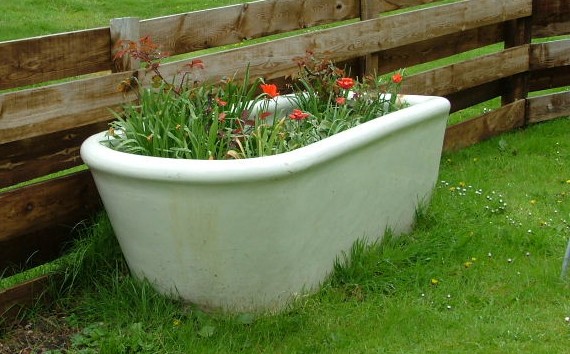
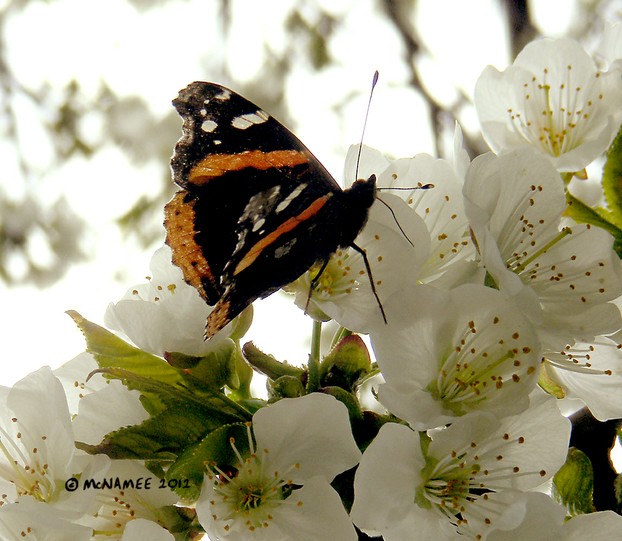
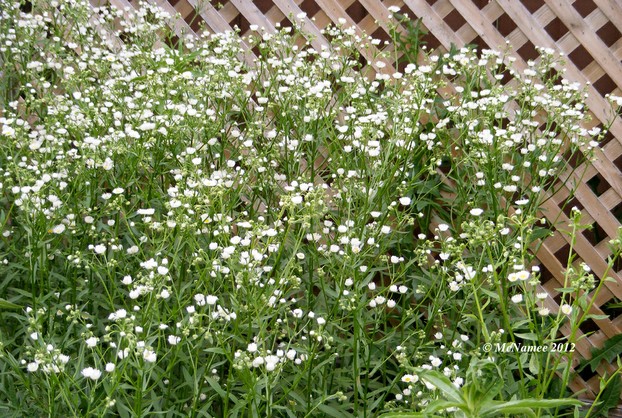
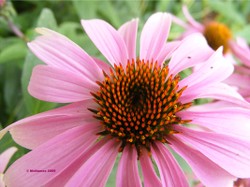

 Versatile Nova Scotia Duck Tolling Retrieverson 08/02/2014
Versatile Nova Scotia Duck Tolling Retrieverson 08/02/2014
 Should You Spay or Neuter Your Puppy?on 08/12/2014
Should You Spay or Neuter Your Puppy?on 08/12/2014
 Horse Racing History: the Preakness Stakeson 05/15/2014
Horse Racing History: the Preakness Stakeson 05/15/2014
 Dinosaurs Will Be On Display in Trenton, Ontario, Canadaon 07/29/2013
Dinosaurs Will Be On Display in Trenton, Ontario, Canadaon 07/29/2013
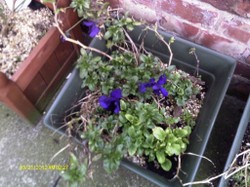

Comments
Thanks for the reminder, I'm on it and LOVE the bathtub what a delightful addition. I put a smile on my face. :)K
Thank you!
Meant to add, why do so many people not think this way? :)
I loved this, and your photographs.